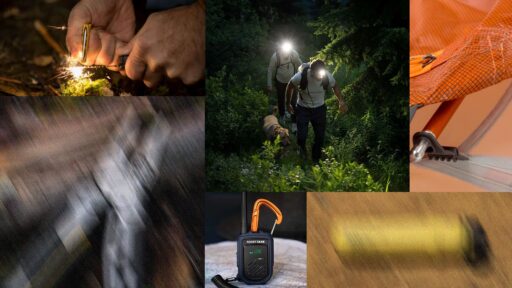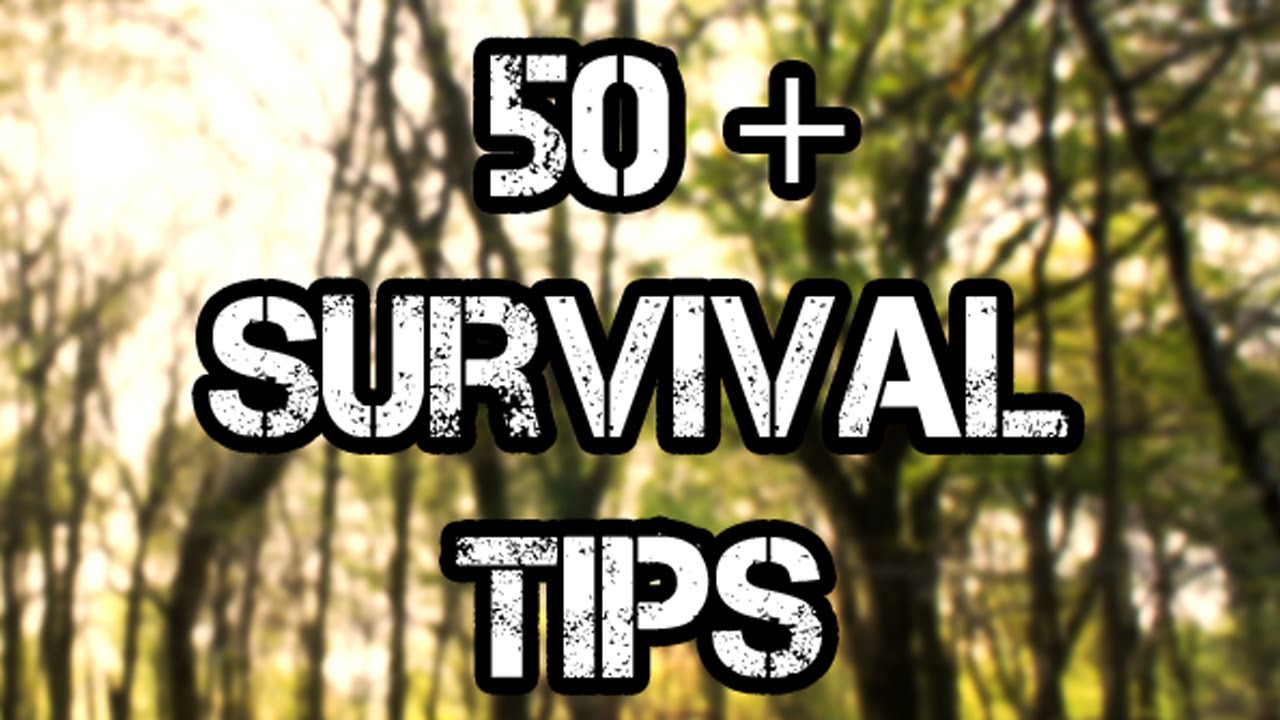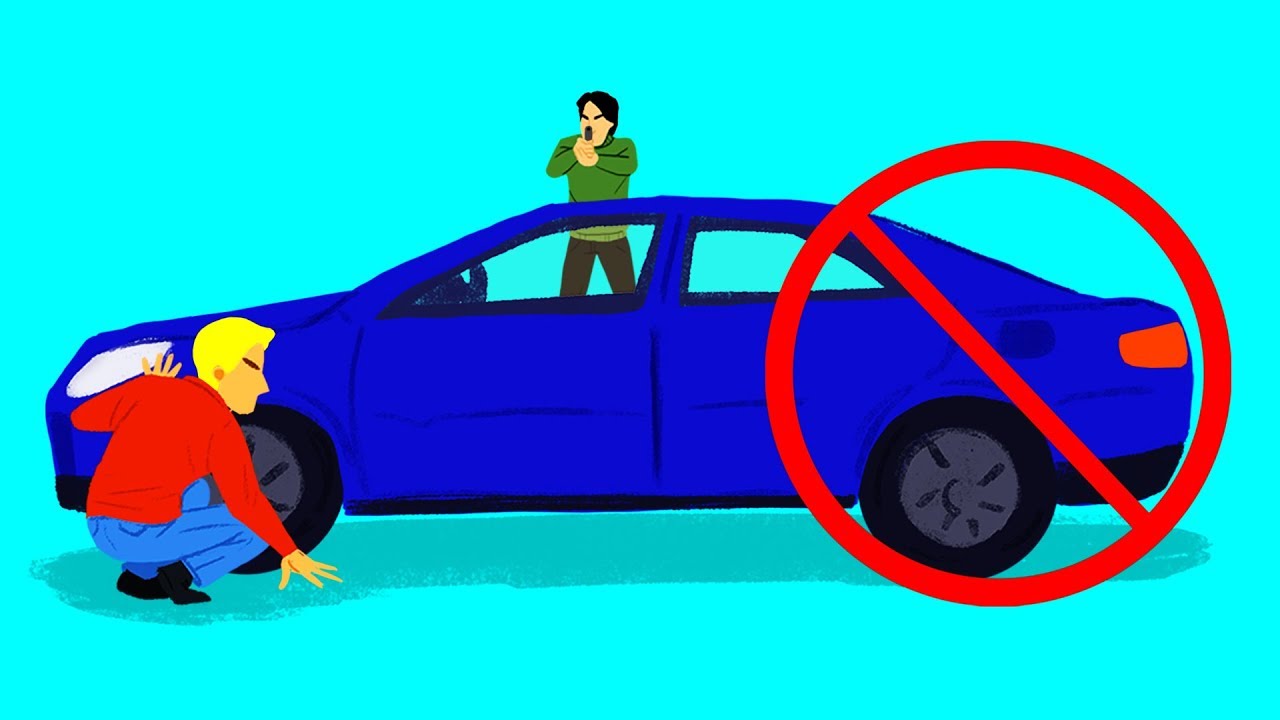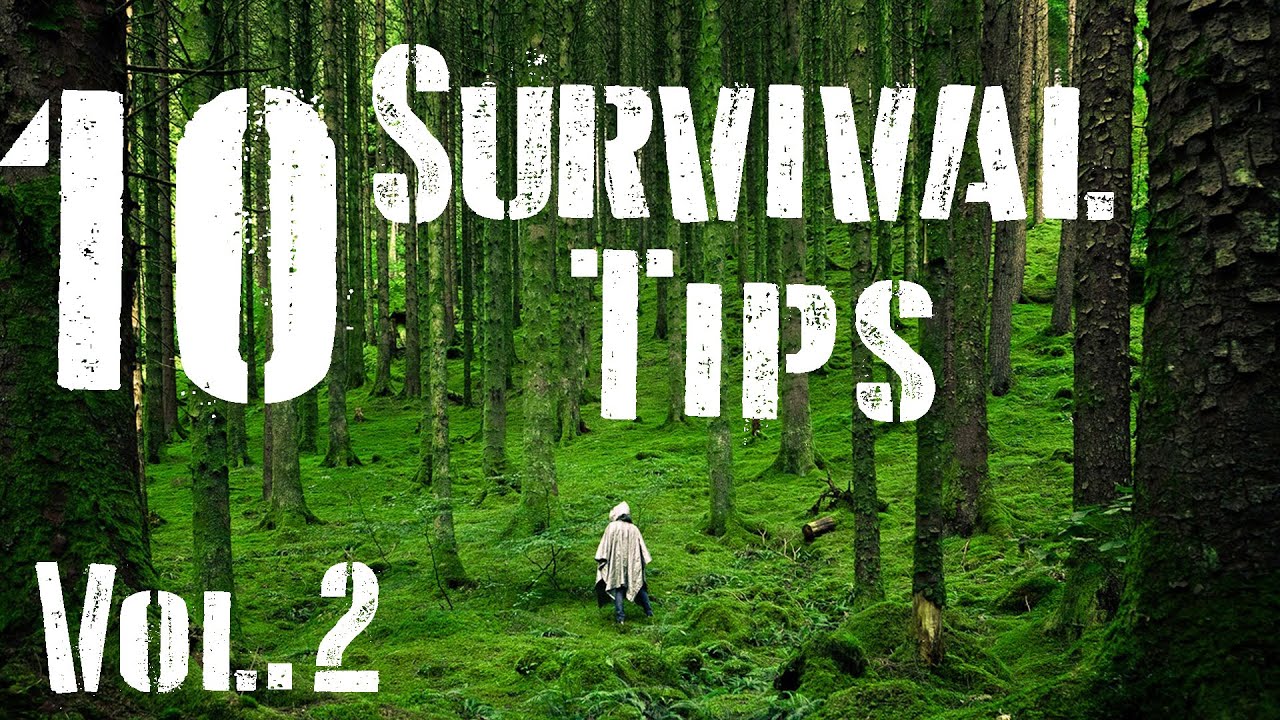A bugout bag is a portable kit containing items needed to survive for at least 72 hours following an emergency evacuation. Events like floods, earthquakes, or civil disturbances can happen with little warning, making a pre-packed bag a lifesaver. Having a well-stocked bag provides the core necessities for survival until you can reach a safe zone or assistance becomes available. This guide details the 18 fundamental items every person should secure in their bag to be ready for the unexpected.
Key Takeaways
- A bugout bag, also known as a 72-hour kit, should have enough supplies for three days.
- The contents must prioritize the core elements of survival: water, food, shelter, and fire.
- Crucial additions include a first-aid kit, navigation tools, and copies of personal documents.
- You should inspect and refresh your bag’s contents, especially food and medicines, every six months.
The 18 Essential Items for Your Bugout Bag
Being prepared isn’t about paranoia; it’s about practicality. In India, the National Disaster Management Authority (NDMA) advises citizens to have an emergency kit ready. Below is a comprehensive list of what should be inside.
Core Survival: Water, Food, and Shelter
- Water (and Purification): The most critical element. Plan for at least three litres of water per person per day. Carrying this amount is heavy, so a better strategy is to pack one litre and a reliable purification method. A portable water filter like a Sawyer Mini and water purification tablets are lightweight and effective.
- Non-Perishable Food: Pack high-energy, no-cook foods. Energy bars, dried fruits, nuts, and ready-to-eat meals are excellent choices. Ensure you have a supply for at least three days.
- Emergency Shelter: Protection from the elements is vital. A simple tube tent, an emergency bivy sack, or even a durable tarp can serve as a makeshift shelter.
- Sleeping Bag or Blankets: A lightweight sleeping bag or emergency Mylar space blankets will help prevent hypothermia by retaining body heat. Wool blankets are a heavier but durable alternative.
- Extra Clothing: Pack at least one complete change of weather-appropriate clothing. Prioritize wool socks, undergarments, and a waterproof outer layer.
Tools and Safety Equipment
- Fire Starter: The ability to make fire provides warmth, light, and a means to cook food and boil water. Pack multiple options, such as a disposable lighter, waterproof matches, and a reliable ferrocerium rod.
- Multi-Tool or Knife: A sturdy knife or multi-tool is invaluable for countless tasks, from gear repair to food preparation.
- Flashlight or Headlamp: An LED headlamp is ideal because it keeps your hands free. Pack extra batteries and store them separately or reversed in the device to prevent accidental drain.
- Duct Tape: Its uses are nearly limitless, from patching a torn tent to making cordage or even serving as a makeshift bandage.
- Cordage: Around 50 feet of strong rope, like paracord, can be used for building shelters, securing gear, and many other tasks.
- First-Aid Kit: Include bandages, gauze, antiseptic wipes, medical tape, pain relievers, blister treatment, and any personal medications.
- Hygiene Kit: Pack a travel-sized toothbrush, toothpaste, soap, hand sanitizer, and toilet paper. Staying clean helps prevent illness.
- N95/P100 Masks: These can protect your lungs from dust, smoke from fires, or airborne contaminants.
Navigation and Communication
- Map and Compass: Electronic GPS can fail. A physical map of your local area and a simple baseplate compass are reliable navigation tools that don’t need batteries.
- Emergency Whistle: A loud whistle is more effective than shouting for help and requires less energy. The sound travels farther and can alert rescuers to your location.
- Power Bank: A fully charged power bank or a small solar charger ensures you can keep your mobile phone operational for communication.
Personal Items
- Important Documents: Keep photocopies of your Aadhaar card, PAN card, passport, and insurance policies. Store digital copies on an encrypted USB drive as a backup.
- Cash: In a widespread power outage, digital payments and ATMs will not work. Keep a stash of cash, including small denominations, for buying supplies.
Frequently Asked Questions (FAQs)
Q. What is a bugout bag?
A. A bugout bag is a self-contained, portable emergency kit designed to provide you with the essentials to survive for at least 72 hours after evacuating your home due to a disaster.
Q. How heavy should a bugout bag be?
A. Your bag should be light enough for you to carry comfortably over long distances. A general guideline is no more than 20% of your body weight.
Q. Where should I keep my bugout bag?
A. Store it in a cool, dry, and easily accessible place, such as a closet near an exit, in your car, or at your workplace.
Q. How often should I update the contents of my bag?
A. You should review and update your bag every six months. Replace expired food, water, and medications, and adjust clothing for the upcoming season.
Q. What is the best type of bag to use?
A. A durable backpack with multiple compartments and a capacity of 30-50 litres is generally recommended. It should be comfortable to wear with adjustable straps.







